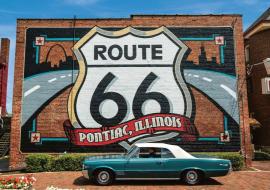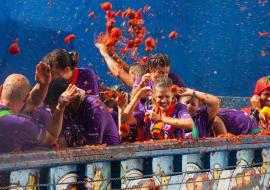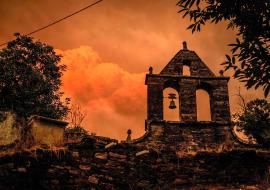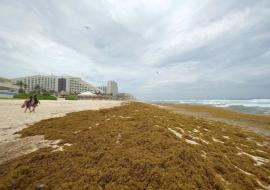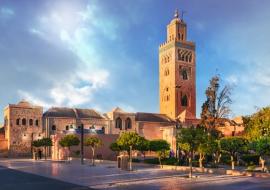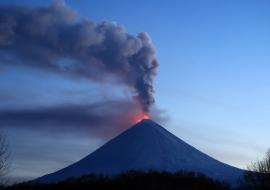Santiago de Cuba: An Unforgettable Passion
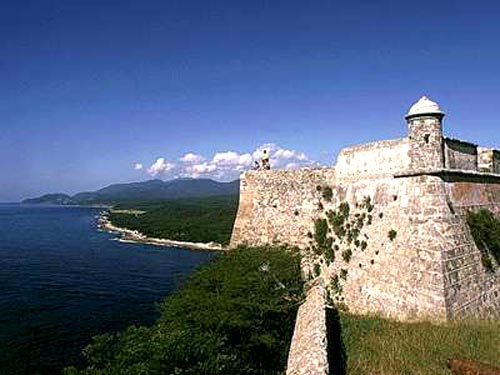
When Governor Diego Velazquez de Cuellar founded it as a village in 1515 and established it as the first capital of the Island of Cuba, the conqueror never imagined the historic, social and cultural structure that would be developed in the territory that was born with the protection of Santiago Apostol, its patron saint.
Click on Santiago de Cuba: A City of 500 Years
Velazquez de Cuellar was also far from thinking that, 464 years later, on June 24, it would be declared National Monument due to the values that make it stand as the only territory of the country that holds the Honorific Title of Hero City of the Republic of Cuba and the Antonio Maceo Order.
The rejoicing and murmur of people along its streets catch the attention of those who visit the old city, which has been renovated not only because of the activities to celebrate its 500th anniversary, but due to the indomitable spirit of its children when it comes to facing the daily routine that usually mutilates enthusiasm.
The dynamism of life in Santiago leaves no room for monotony; just walk through Mars Square, Cespedes Park, Trova House, St. Thomas Square, Marti Promenade or any neighborhood, and you’ll feel the joy, even in the most undreamed circumstances.
A mulatto girl walks up the hill with a smile that puts the world down to her feet and she dances while listening to the troubadour that calls her Maria Cristina and tells her that she wants to rule him. On the other hand, a young man whispers that he goes after her even if he dies in the attempt.
At Enramadas Street, a couple dances with the Septeto Santiaguero’s song that is being played on a giant screen, a cultural phenomenon at the populous artery; and a girl speaks of the checkmate she was given at Serrano Park’s chess space.
The bay invites people to behold its beauties, a dream that will come true with a seawall built along La Alameda Promenade, which, beyond a physical space, is going to be a place to fall in love, make romantic approaches, sing, enjoy the natural beauty or talk about the day at school or work.
You can either be at the hairdressing salon or making a line, you’ll always find people talking about hurricane Sandy: the women that hid in a wardrobe while the fierce wind was devastating her house, the boy that saw his school fall apart, or the old man that had never seen such a phenomenon.
It’s been over two years and Sandy is still present on the memory of the mother that was helped by her neighbors so as to boil water for her son; the neighbors that spent over a week cooking together, as family, and the people whose houses were roofless, but not hopeless.
When people say Santiago, earthquakes and phrase “Mercy!” might come to your mind, the times of crisis, or the sense of humor when they recall that, in those difficult moments, there were people that left their houses “in the altogether”.
Missing “S” and talking musicality make the difference for many people in this territory, elements that fade away when a young lady accompanies a woman because she fainted at the bus-stop, and a man offers his car to drive her to the hospital.
If the city’s streets had a voice, they would talk about the mother that lost their children because they were murdered by opprobrious regimes before January 1st, 1959. There are places that would recall Frank Pais and America Domitro, or the stairs that witnessed a crowd waiting for the coffin of the 22-year-old primary school teacher, a burial accompany by a sea of people.
When you look at the bullet holes on the walls of Moncada Barracks, you can’t stop thinking about a lawyer that was absolved by history or the brave youngsters that followed their lead and marked July 26 as an unforgettable date for all Cuban people.
Many visitors, both national and international, want to visit the Virgin of Charity of Cobre, the Caribbean Festival, the most popular carnivals in Cuba; the Big Stone, Morro Fortress and La Isabelica, where coffee and rum are better.
There is a lot to say about Santiago’s rum, a beverage that represents the spirit of this easternmost territory – taste, heat, folklore, originality and pureness –, which stands as a complement in domino games in every neighborhood.
Who wouldn’t be interested in visiting the cradle of Santiago Alvarez in Memoriam International Festival, Jose Maria Heredia, Miguel Matamoros, Ñico Saquito and Compay Segundo? On the grave of the last one, you can read a challenging phrase against death: the flowers of life.
Those white roses on the Jose Marti’s tomb, at Santa Ifigenia Cemetery, beyond funerary heritage, represent a site of heroes and collective resting place for people that have their beloved relatives there.
Despite the renovation entailed by new times and coming generations, this city will always breathe the tradition and charm of ancestors.
Just as Miguel Matamoros musically said, more than one person will express in this piece of Cuba: I feel an unforgettable passion for Santiago.








